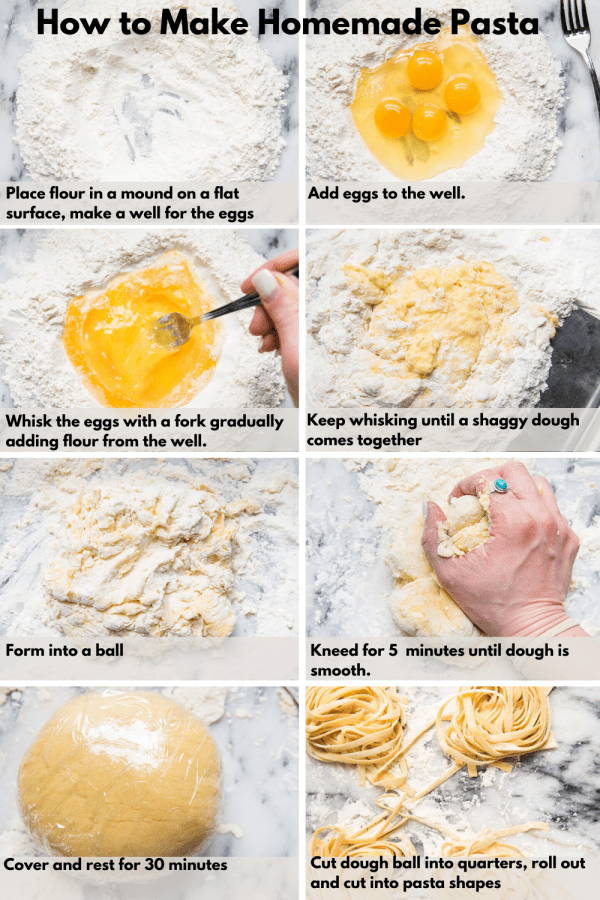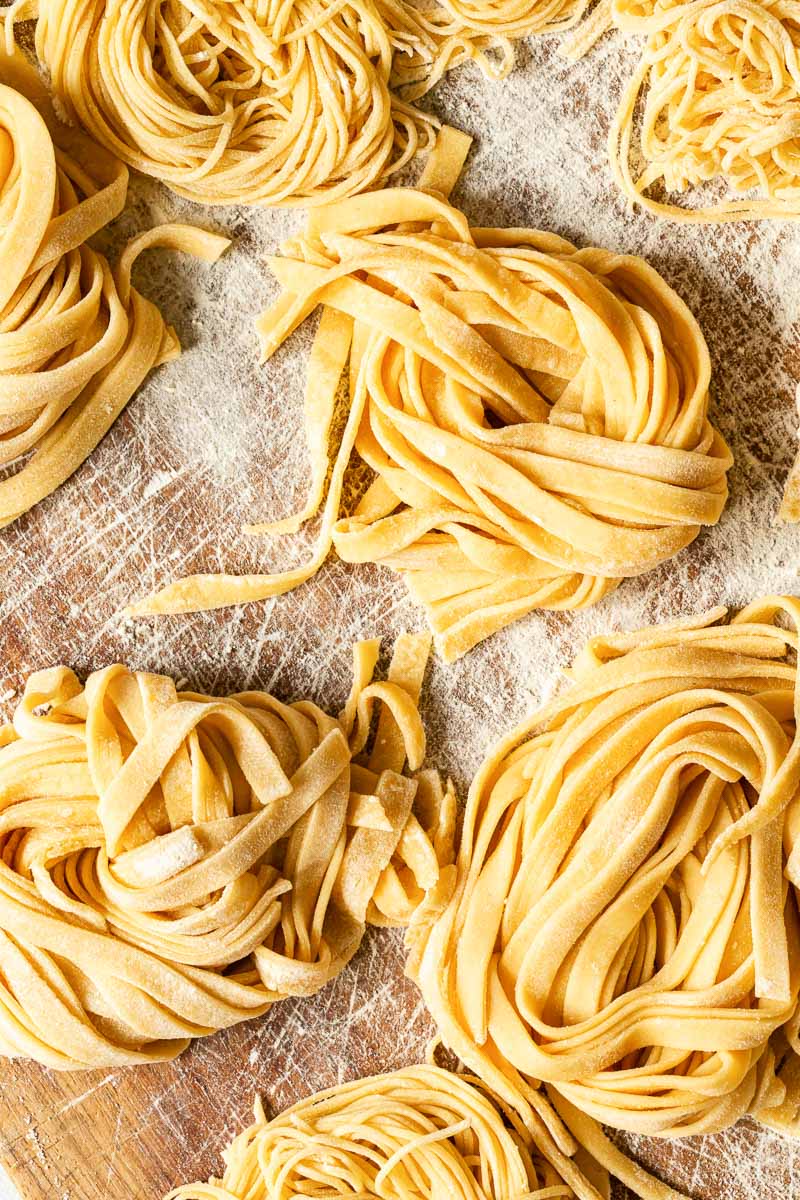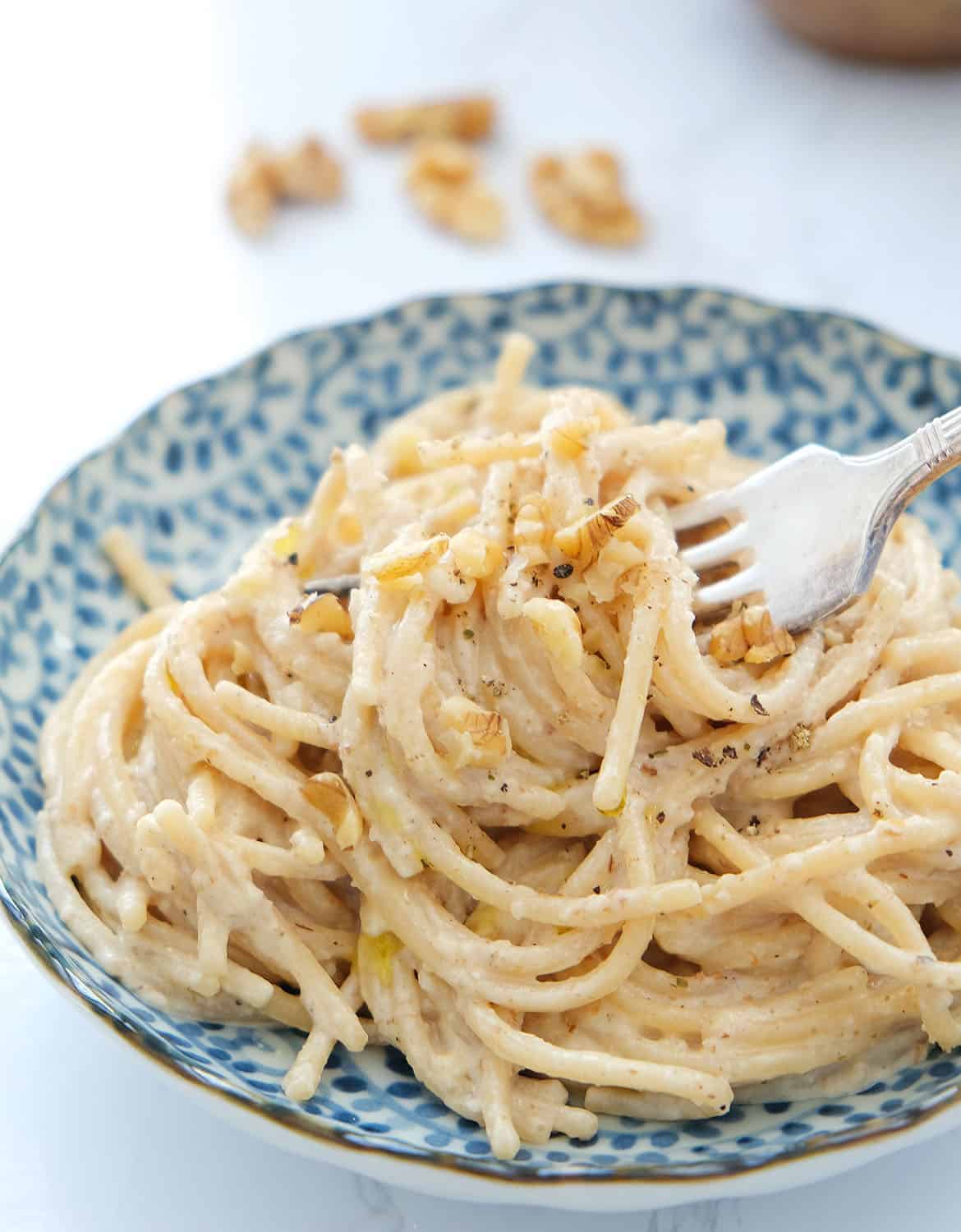How to Make Easy Homemade Pasta for Beginners

Are you tired of store-bought pasta that lacks the freshness and flavor you crave? Imagine the satisfaction of creating your own homemade pasta, perfectly al dente and bursting with taste. Making pasta from scratch might seem daunting, but with the right guidance, it's surprisingly simple. In this article, we'll walk you through the steps to create an easy homemade pasta recipe for beginners. Let's dive in!
Why Make Homemade Pasta?
Homemade pasta offers a world of difference compared to its store-bought counterparts. The freshness, texture, and flavor are unparalleled. Plus, it's a fun and rewarding culinary adventure. So, why not give it a try?
Essential Ingredients for Homemade Pasta
Before we get started, let's gather our pasta ingredients. You'll need:
- 2 cups of all-purpose flour
- 3 large eggs
- 1 teaspoon of salt
- 1 tablespoon of olive oil (optional)
These simple ingredients are the foundation of your pasta dough.
Tools You'll Need
To make the process smooth, you'll need a few basic tools:
- A large mixing bowl
- A rolling pin
- A pasta machine (optional, but helpful)
- A clean, flat surface for kneading
Step-by-Step Guide to Making Homemade Pasta
1. Prepare the Pasta Dough
Start by combining the flour and salt in a large mixing bowl. Make a well in the center and crack the eggs into it. Add the olive oil if you're using it.

2. Mix the Ingredients
Using a fork, gently beat the eggs and olive oil together. Gradually incorporate the flour from the sides of the well until a shaggy dough forms.
3. Knead the Dough
Turn the dough out onto a lightly floured surface. Knead it for about 10 minutes until it becomes smooth and elastic. Think of it like working with clay—the more you knead, the better the texture.
4. Rest the Dough
Wrap the dough in plastic wrap and let it rest for at least 30 minutes. This step is crucial as it allows the gluten to relax, making the dough easier to roll out.
5. Roll Out the Dough
Divide the dough into four equal parts. Using a rolling pin or a pasta machine, roll out each piece until it's thin enough to see your hand through it. This is where a pasta machine can be a game-changer, making the process faster and more consistent.
6. Cut the Pasta
Once the dough is rolled out, you can cut it into your desired shape. For beginners, simple shapes like fettuccine or linguine are easiest. Use a knife or the pasta machine's cutting attachment.

7. Cook the Pasta
Bring a large pot of salted water to a boil. Cook the pasta for about 2-3 minutes, or until it floats to the top. Fresh pasta cooks much faster than dried pasta, so keep an eye on it.
8. Serve and Enjoy
Drain the pasta and toss it with your favorite sauce. Whether you prefer a classic marinara, creamy Alfredo, or a simple garlic and olive oil dressing, your homemade pasta will be the star of the dish.
Tips for Perfect Homemade Pasta
- Use Room Temperature Eggs: This helps the dough come together more easily.
- Don't Overwork the Dough: Over-kneading can make the pasta tough.
- Flour Your Surface Generously: This prevents the dough from sticking and makes rolling it out easier.
- Experiment with Flavors: Add herbs, spices, or even spinach to your dough for extra flavor and color.
External Resources for Further Learning
For more in-depth guides and recipes, check out these authoritative resources:
- Serious Eats: Offers detailed guides on various pasta shapes and techniques.
- Bon Appétit: Provides a wealth of recipes and tips from professional chefs.
Conclusion
Making easy homemade pasta is a rewarding experience that elevates your culinary skills and impresses your guests. With just a few simple ingredients and some basic tools, you can create fresh, delicious pasta that's far superior to anything you'll find in a box. So, why not give it a try? Your taste buds will thank you!
FAQs
Can I make pasta without a pasta machine? Yes, you can! A rolling pin and a sharp knife are all you need to roll out and cut the dough.
How long can I store fresh pasta? Fresh pasta can be stored in the refrigerator for up to 3 days or frozen for up to 3 months.
What if my pasta dough is too sticky? Add more flour, a little at a time, until the dough is no longer sticky.
Can I use different types of flour? Yes, you can experiment with different flours like semolina or whole wheat, but the texture and flavor will vary.
How do I know when the pasta is cooked? Fresh pasta cooks quickly. It's done when it floats to the top of the boiling water, usually in 2-3 minutes.
0 Response to "How to Make Easy Homemade Pasta for Beginners"
Post a Comment